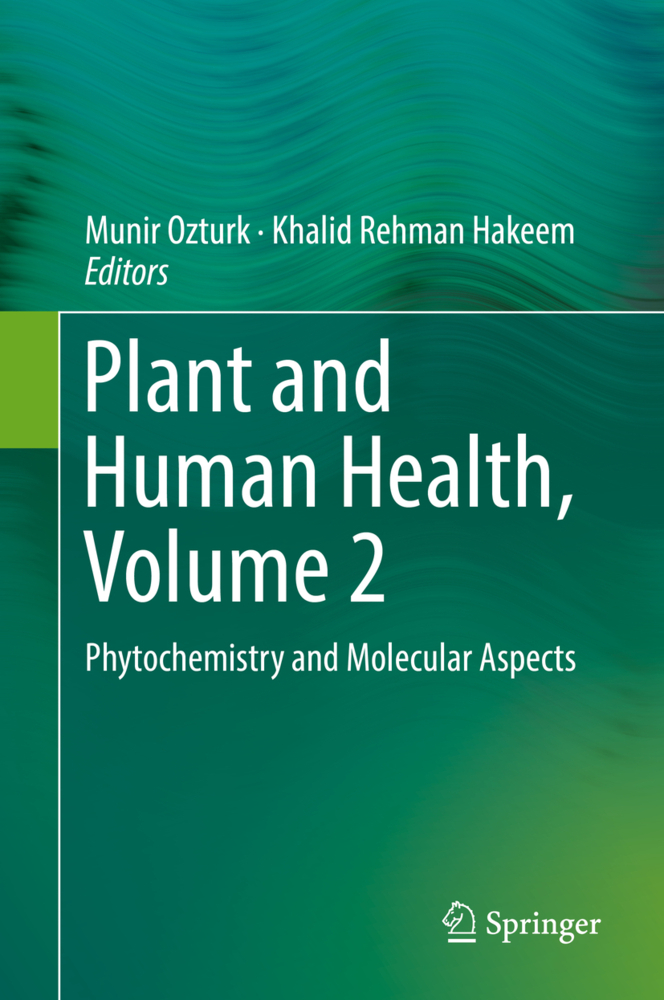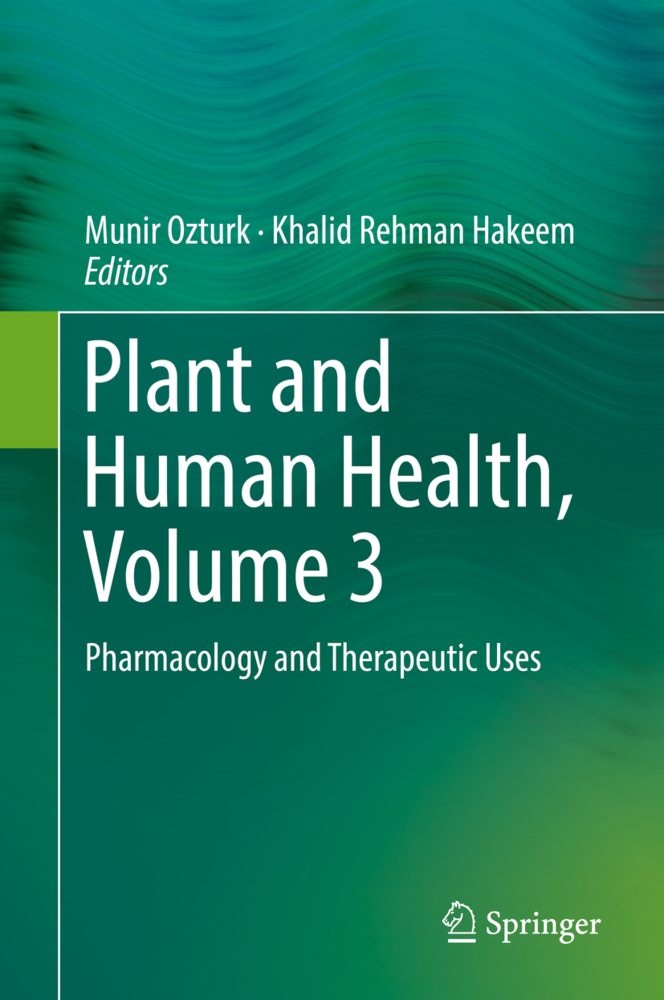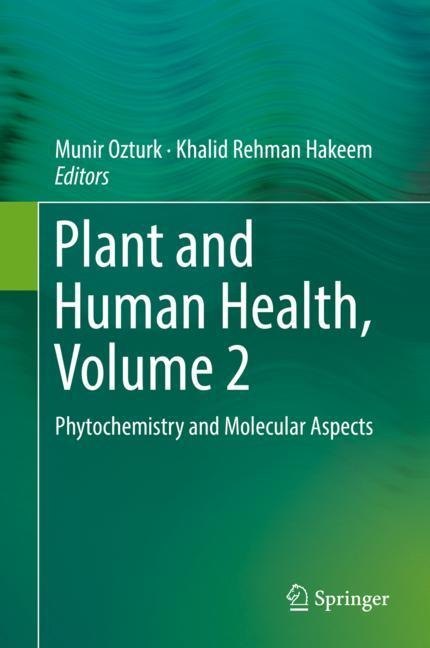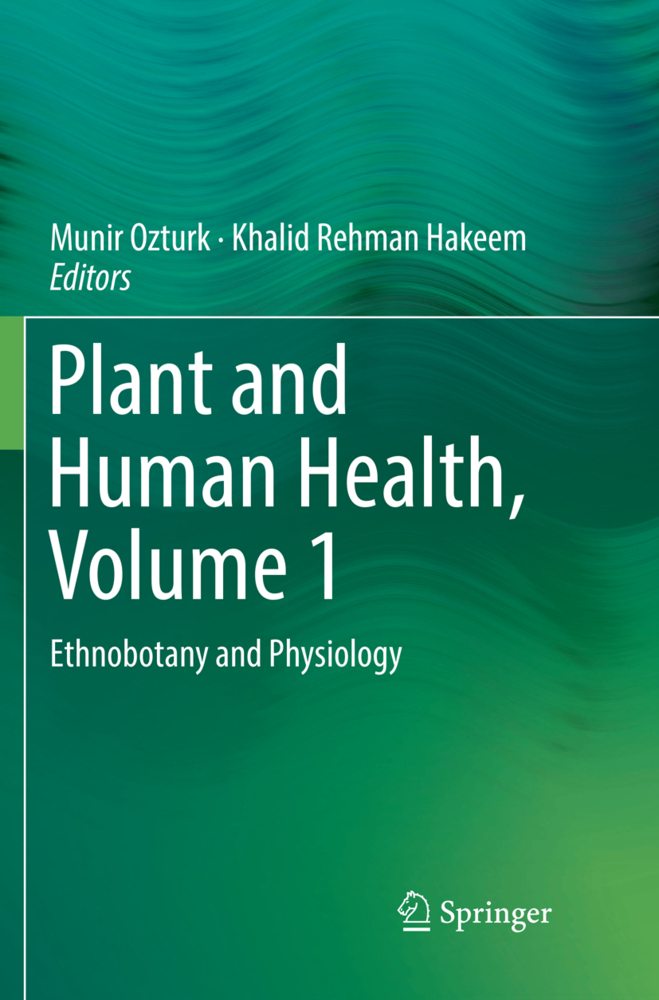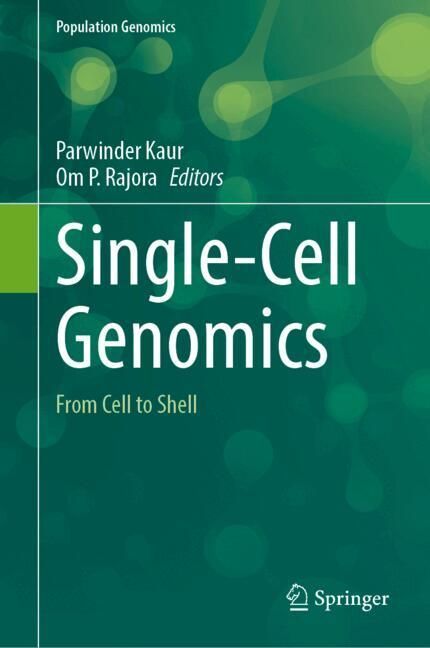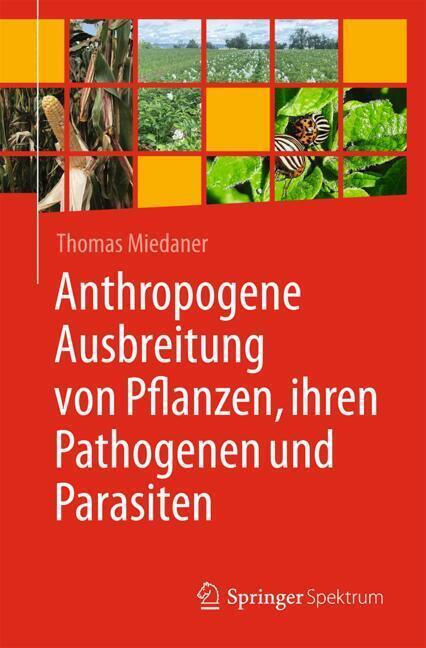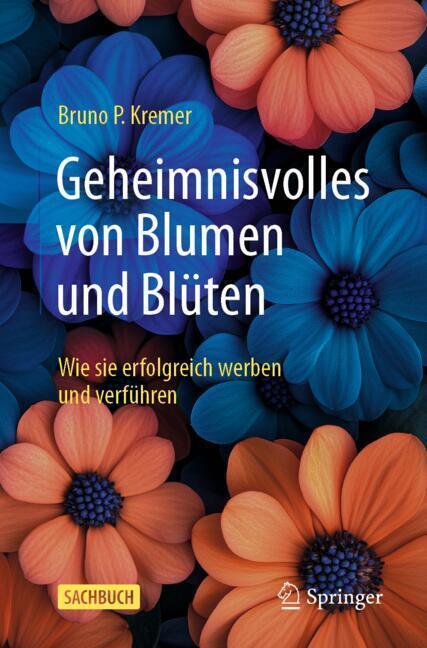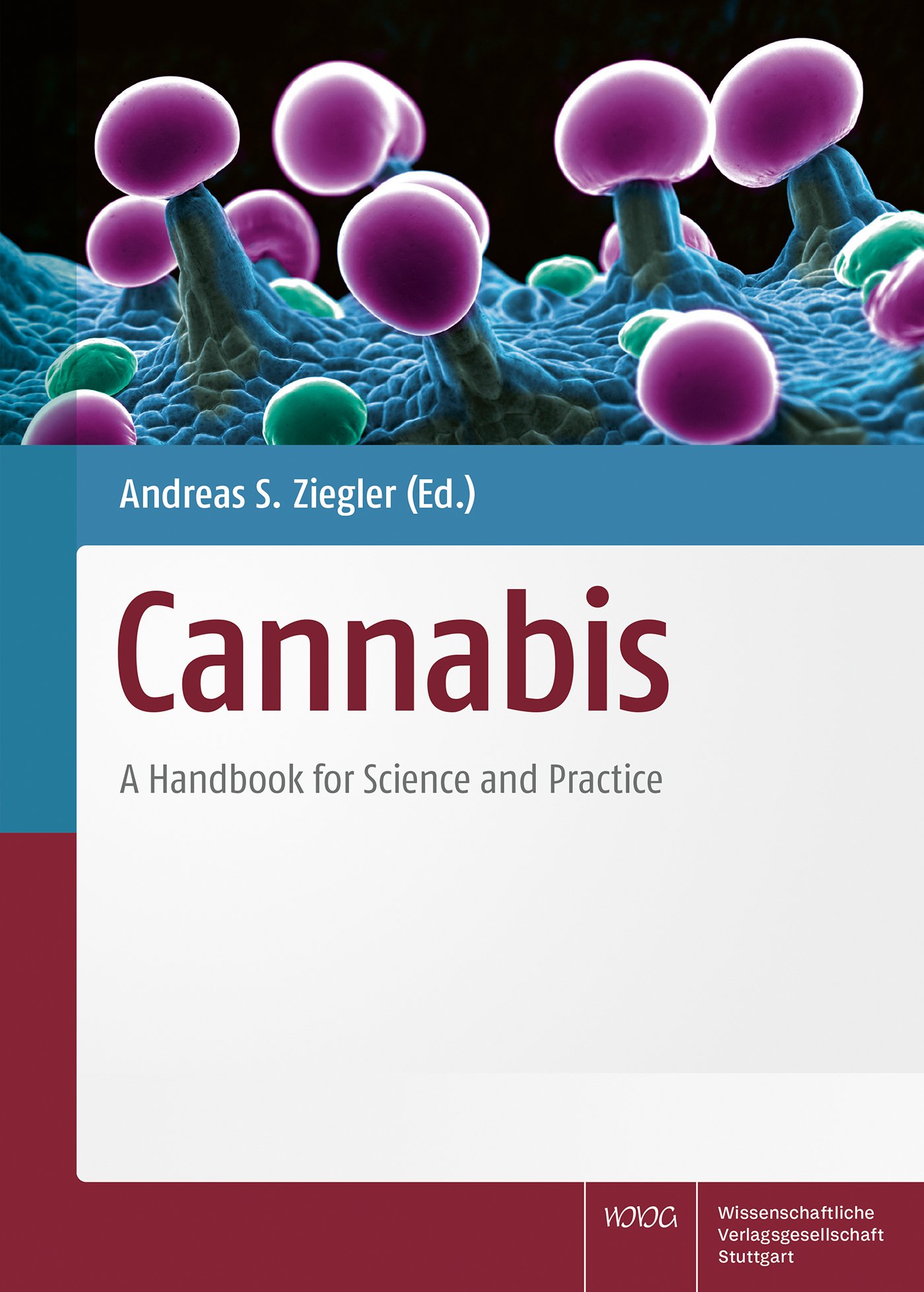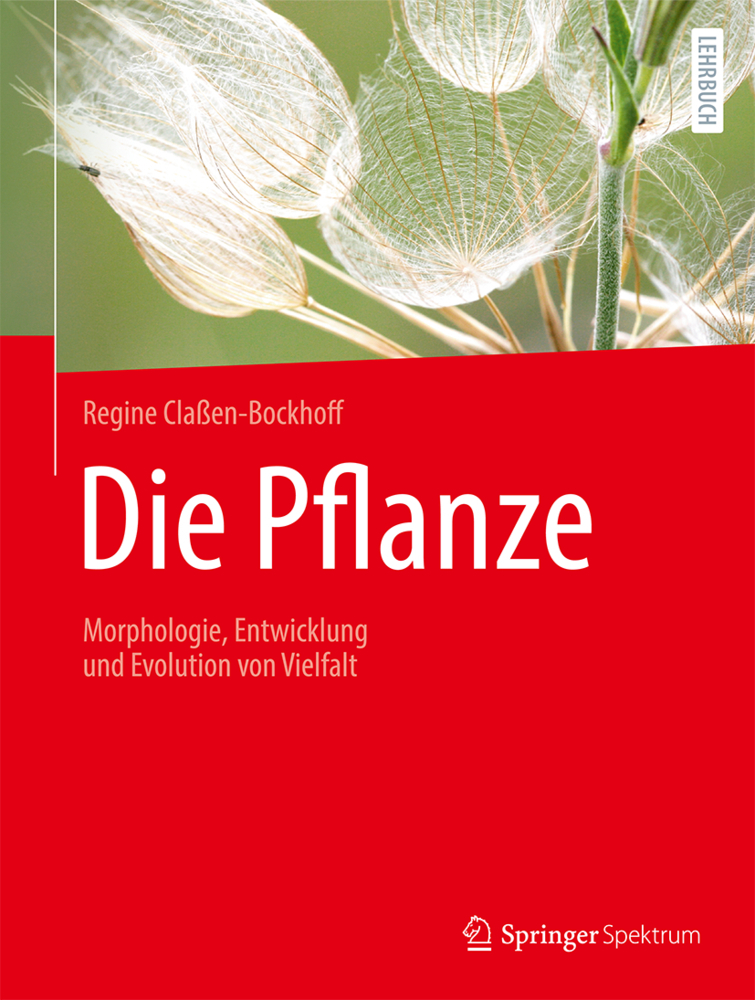Plant and Human Health, Volume 2
Plant and Human Health, Volume 2
Research scientists should therefore arm themselves with the right tools and knowledge in order to harness the vast potentials of plant-based therapeutics. The main objective of Plant and Human Health is to serve as a comprehensive guide for this endeavor. Volume 1 highlights how humans from specific areas or cultures use indigenous plants. Despite technological developments, herbal drugs still occupy a preferential place in a majority of the population in the third world and have slowly taken roots as alternative medicine in the West. The integration of modern science with traditional uses of herbal drugs is important for our understanding of this ethnobotanical relationship. Volume 2 deals with the phytochemical and molecular characterization of herbal medicine. Specifically, It will focus on the secondary metabolic compounds which afford protection against diseases. Lastly, Volume 3 focuses on the physiological mechanisms by which the active ingredients of medicinal plants serve to improve human health. Together this three-volume collection intends to bridge the gap for herbalists, traditional and modern medical practitioners, and students and researchers in botany and horticulture.
Foreword by Prof. Atta-ur-Rahman, UNESCO Science Laureate
Antiepiletic Natural Products from PlantsPlant-Derived Products and Health Care-Moroccon Story
Pharmacological aspects of Phytodiversity from Bulgaria
Resveratrol oligomers in Dipterocarpaceae
Immunomodulating Activity of the Camel Prickle Water Extract
Idiosyncratic toxicity of herbal product
Recent advances in semi-mangrove natural products: source, chemistry, and bioactivities
Medicinal plants of Malaysia: Phytochemistry and Molecular Biology
Secondary Metabolism and Therapeutic Efficacy of Medicinal and Aromatic Plants
New Compounds from Medicinal Plants of Bangladesh
Xanthones from Medicinal Plants
Flavonoids from Plants in Asia-Pacific
Peroxygenases and Mushrooms
New Flavanols, Saponins and Alkaloids from Vietnamese Plants
Chemical and Biological, Anticancer, Antioxidant Activities of Vietnamese Plants
Bioactlve Components from Different Plants in Rwanda
Chemoprofiling-Bioefficacy of Herbal Drugs-Need for Standardization
Lowering of Cholesterol Levels by Black Seed and Garlic
Role of Biotechnology in the Medicinal and Aromatic Plants
Innovation in Drug Discovery, Delivery and Pharmacy Practice
Past, Present and Future Developments in Nutraceuticals.
Ozturk, Munir
Hakeem, Khalid Rehman
| ISBN | 978-3-030-03343-9 |
|---|---|
| Artikelnummer | 9783030033439 |
| Medientyp | Buch |
| Copyrightjahr | 2019 |
| Verlag | Springer, Berlin |
| Umfang | XXVI, 697 Seiten |
| Abbildungen | XXVI, 697 p. 155 illus., 61 illus. in color. |
| Sprache | Englisch |

